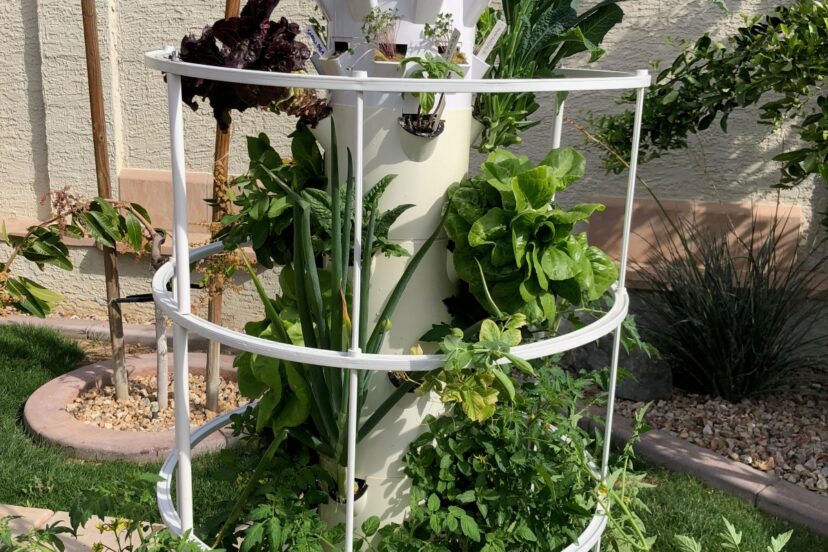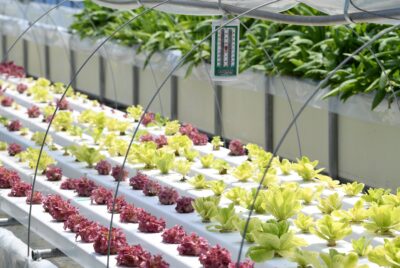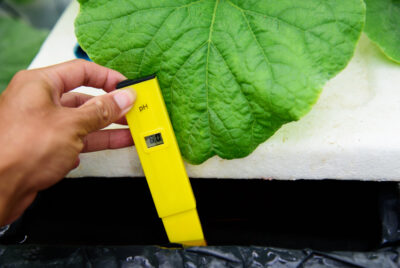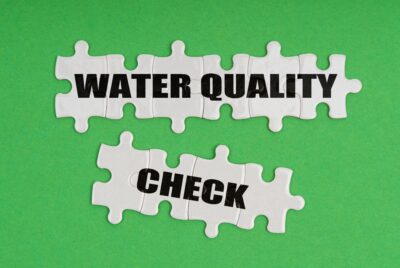Outdoor Hydroponic Systems
We may earn a commision from purchases made using our links. Please see our disclosure to learn more.
Outdoor Hydroponic Systems: A Deep Dive into Soil-less Wonders.
Hello, fellow gardening aficionados! If you’ve ever wondered about pushing the boundaries of conventional gardening, or perhaps you’ve merely stumbled upon the term “hydroponics” in passing, then you’re certainly in the right place when it comes to outdoor hydroponic systems.
Introduction.
When I first stumbled upon hydroponics, my immediate reaction was pure astonishment. How, I thought, can plants possibly thrive without the embrace of soil? But as I delved deeper and deeper into the subject, one thing became crystal clear: Open-air hydroponics could indeed be the next big thing in gardening.
The Science Behind Hydroponics.
Remember those high school biology classes? Firstly, plants need nutrients to grow. Traditionally, these nutrients are absorbed from the soil. However, in the world of hydroponics, we’re essentially cutting out the middleman. Here, plants get a direct, unadulterated ticket to nutrient-town by luxuriating in a specially formulated hydroponic fertilizer solution. It’s water and nutrients in a harmonious dance and the plants? They simply adore it.
Decoding the Different Outdoor Hydroponic Systems
Before jumping into this, it’s crucial to understand that not all hydroponic systems are created equal:
- DWC: Imagine a serene pool of nutrient solutions where plants comfortably float, their roots drinking up all the nutrients they crave. It’s almost poetic.
- NFT: Following DWC, there’s the NFT system. With a calculated tilt and a perpetual flow of that nutrient solution, plants receive nourishment without the threat of overhydration.
- Wick Systems: Moving on, the Wick system brings simplicity to the forefront. There are no intricate pumps or timers. Instead, it relies on the basics of capillary action.
- Aeroponics: Lastly, Aeroponics is like the sci-fi genre of hydroponics. Here, the roots hang in the air, and they’re occasionally misted with the nutrient solution. Sounds futuristic, right?
Deep Diving into the Advantages.
Why, you might ask, am I so smitten with hydroponics?
- Space Efficiency: For starters, I’ve witnessed my once cluttered balcony transform into a verdant hydroponic paradise. If I can pull that off, imagine what you can do!
- Full Control: Furthermore, it’s like having a cheat code for gardening, enabling you to offer a tailored nutrient menu to your plants.
- All-season Gardening: And don’t even get me started on how rain or summer heat barely phases these systems.
Setting the Stage: Necessary Tools and Materials.
If you’re considering venturing into hydroponics, there are a few things you’ll definitely need:
- Lighting: Natural sunlight is fantastic, but sometimes, especially on overcast days, a bit of supplemental lighting can work wonders.
- Automation: Moreover, while we all love manual gardening, timers make life so much easier, ensuring a consistent nutrient flow.
- pH Balance: Also, let’s not forget about the finicky nature of plants. A pH meter is indispensable for keeping that nutrient solution in the perfect range.
The Step-by-Step Guide to Setting Up A Sustainable Outdoor Hydroponic System.
So, you’re ready to set up? There’s a method to the madness:
- Firstly, pick a sunny spot, but always have a shade on standby for those blisteringly hot days.
- Secondly, always account for unexpected downpours. Too much rain can spell disaster for your nutrient solution.
- Lastly, before planting, always cycle your system. It’s like a rehearsal for the main event.
Caring for Your Backyard Oasis
A hydroponic system, much like any garden, requires regular love and attention:
- Change your nutrient solution from time to time. After all, fresh is always best.
- Always be on the lookout for root health. Remember, vibrant roots signify flourishing plants.
- Also, don’t forget about oxygenation, especially in DWC systems.
Potential Challenges: Preemptive Measures and Solutions.
Every system has its challenges. Therefore, it’s always wise to be prepared:
- Root Rot: First and foremost, it’s a frequent villain. Aerated solutions are your best defense.
- Pests: Then there are pests. Even in soil-less systems, they find a way. Natural repellents are, without a doubt, your best allies.
- Nutrient Imbalance: Lastly, if you spot yellowing leaves, it’s probably time for a nutrient check.
Making It Personal: Narratives of Hydroponic Enthusiasts.
For instance, Jane, a dear friend of mine, began her hydroponic journey during a prolonged lockdown. Now, she supplies premium hydroponic herbs to gourmet chefs. Similarly, my balcony garden is my sanctuary, a source of endless joy.
Future of Gardening: The Outdoor Hydroponic System Revolution.
The world is rapidly urbanizing. Consequently, space-saving, sustainable gardening solutions like hydroponics are becoming invaluable. Soon, the terraces and rooftops of our concrete jungles might just be the lush fields of the future.
Conclusion: A Call to Action for Green Thumbs.
In conclusion, my dear gardening enthusiasts, rainwater hydroponics is more than just a trend. It’s a revolution. And the real question is, are you ready to be a part of it?
FAQs
How do I winterize my outdoor hydroponic system?
Consider greenhouse covers or move to a semi-indoor setup.
Is the nutrient mix pet-friendly?
While it’s not outright toxic, always ensure pets steer clear.
Can I DIY my nutrient solution?
Certainly! However, it’s crucial to ensure a balanced mixture.
What about electricity bills?
While there’s some usage, with eco-friendly options like solar pumps and LED lights, costs remain manageable.
Inspection frequency?
A daily glance helps, but a detailed weekly inspection is non-negotiable.





Comments are closed.